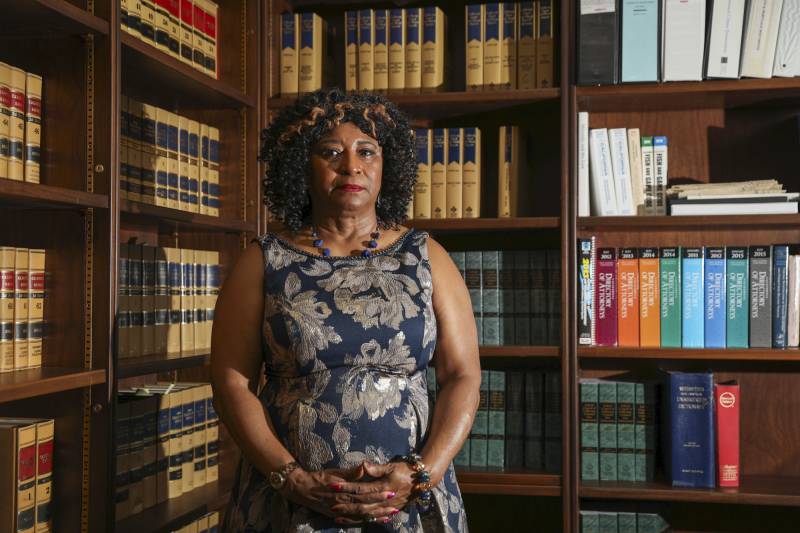Alameda County District Attorney Pamela Price released charging data on Tuesday.
According to the 2023 Annual Report, the DA’s office filed criminal charges related to 62.9% of incident reports brought to it by county law enforcement agencies. Between 2019-2022, the charging rate under former District Attorney Nancy O’Malley ranged from approximately 61-67%.
Of the nearly 12,000 reports assessed by Price’s office, 34% did not lead to charges. At a Tuesday press conference, Tara Anderson, assistant chief of administration and operations, said the top reasons to decline charges was that there was not enough evidence to prosecute, the prosecution was better suited for another jurisdiction or the case was resolved through pre-filing diversion programs.
The office said 2,555 cases were sent to the county’s 14 diversion courts. The largest portion went to the county’s behavioral health court. According to Anderson, the cases are separate from the total number filed because some people who entered the diversion courts in 2023 were initially charged in previous years.
This complication is a small window into the complexities of the office’s case management system, which Anderson said has led to delays in making the data public. The office did not respond to prior requests from reporters for detailed data on charging practices. The information vacuum contributed to some support of the effort to recall Price, fueling speculation that her office was filing charges less frequently than her predecessor.
